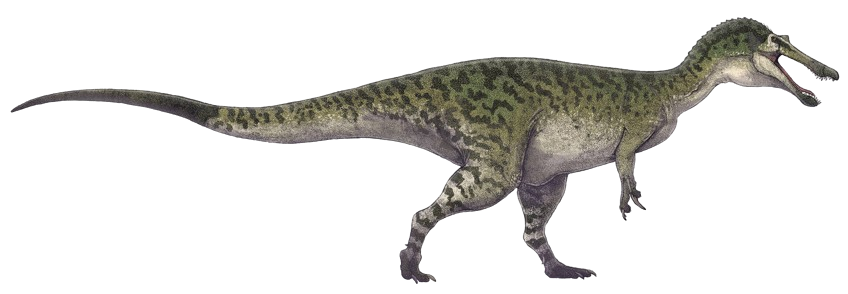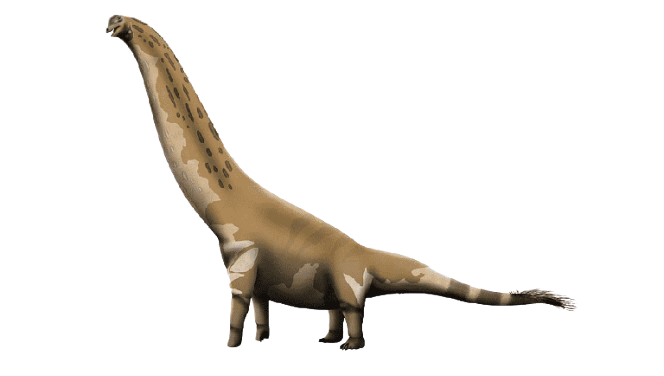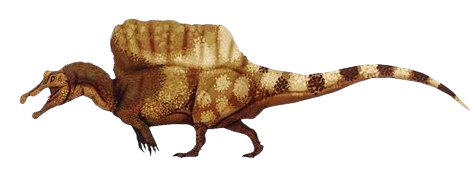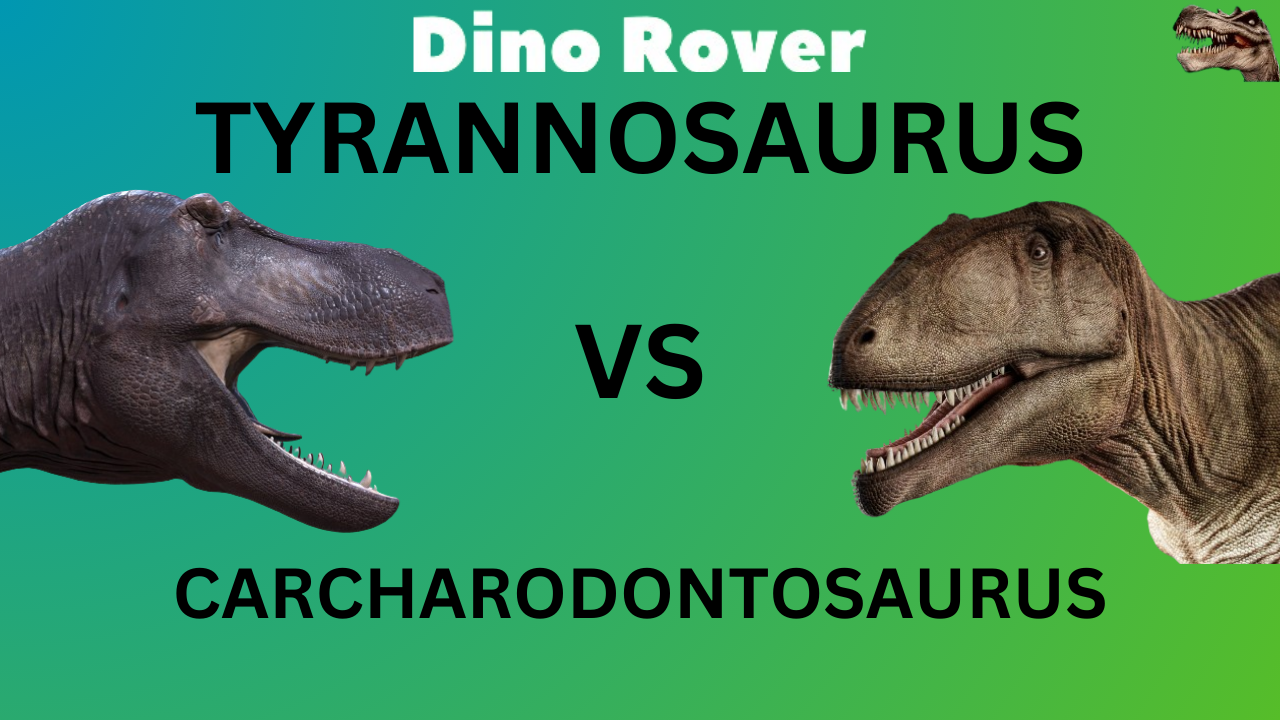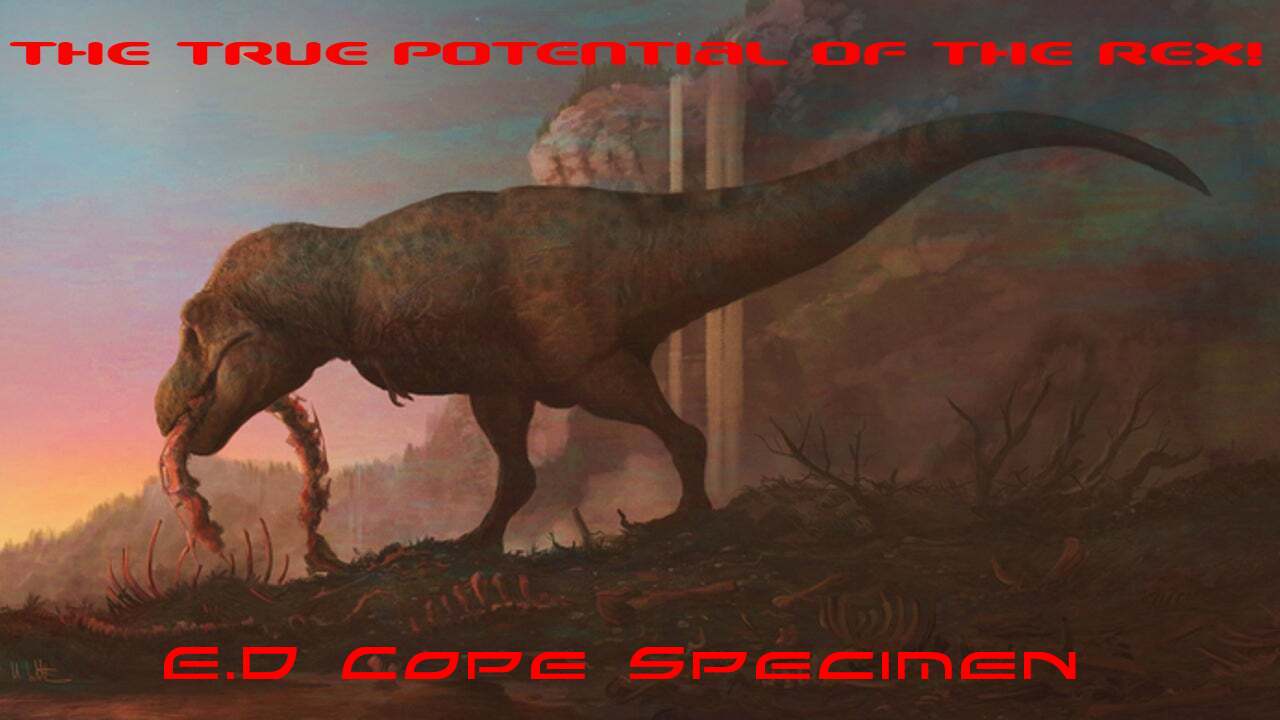This Dino’s Classification
More about this Dino
- The name of this 🦕 dinosaur is pronounced as bay-ree-YO-nix and the meaning of it’s name is Heavy claw.
- The period it used to live in was ‘Cretaceous‘. It was a Carnivore 🥩.
- This dinosaur roamed the earth 🌎 between 130 and 125 million years ago. It used to live around Africa and Europe.
- This dinosaur used to be 8 meters long and 3 meters high. It used to weigh 2500 kilograms (kg).
- The dinosaur could run 🏃 at the maximum speed of 29 kilometers per hour (kmph). It used to move on 2 legs.
- This dinosaur used to feed on Iguanodon and Scheenstia.
- Dino predators like other Barys would often feed on this poor dino.
Other Dinosaurs
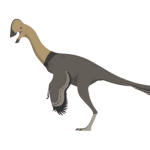
Microvenator
Microvenator (meaning "small hunter") was a small, fast-moving, lightly-built dinosaur that walked on two long legs. It was …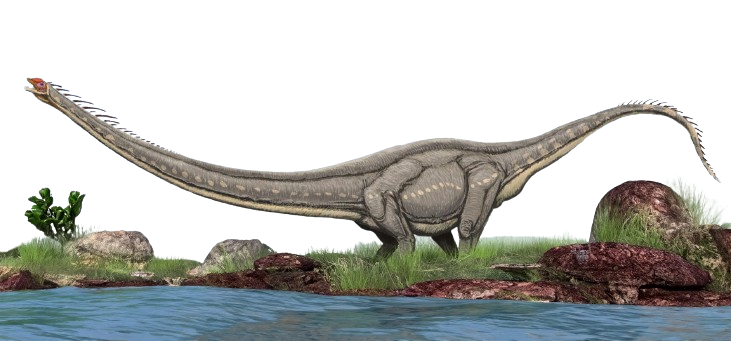
Zigongosaurus
Zigongosaurus was a large Chinese social herbivore that unconventionally didn't lay eggs in nests. Lets discover more about …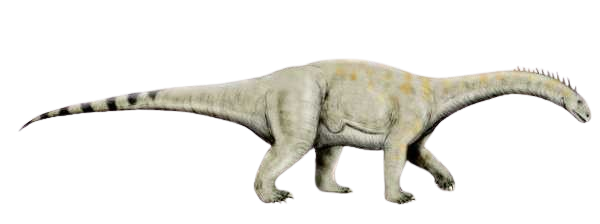
Vulcanodon
Vulcanodon was a big guy, about 20 feet long. It had a long neck, a lengthy tail, a …
Dinos Galore
Popular Dinosaurs
Latest Posts
Were the dinosaurs more Crocodile than Einstein?
May 2, 2024Carcharodontosaurus VS T rex! Who wins?
March 15, 2024The True Potential of the REX! E.D Cope
January 13, 2024Topics
Archives
Categories
Dino of the month
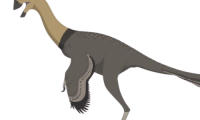
Microvenator
Microvenator (meaning "small hunter") was a small, fast-moving, lightly-built dinosaur that walked on two long legs. It was about 4 ft. (1.2 m) long and weighed roughly 6.5 to 14 pounds (3 to 6.4 kg). This turkey-sized predator had short arms, large eyes, a long neck, a small head, and …Read More »
About Dino Rover

Dino Rover (Rover means an Explorer) is a website created by a 14yr old for Dinosaur fans. The website will help them learn about Dinosaurs as well as keep up with the latest about these majestic creatures that once ruled our planet.

Video: The largest Brazilian dino wasn’t found in 2016
Video: 10 Mind Boggling facts about 🦖 Dinosaurs
Recently Added Dinosaurs

Microvenator
Microvenator (meaning "small hunter") was a small, fast-moving, lightly-built dinosaur that walked on two long legs. It was about 4 ft. (1.2 m) long and weighed roughly 6.5 to 14 …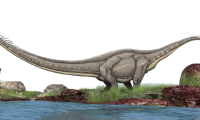
Zigongosaurus
Zigongosaurus was a large Chinese social herbivore that unconventionally didn't lay eggs in nests. Lets discover more about its anatomy in this article about the mighty Zigong Lizard.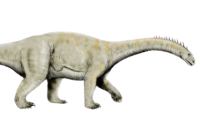
Vulcanodon
Vulcanodon was a big guy, about 20 feet long. It had a long neck, a lengthy tail, a small head, and some beefy legs and body to match. To add …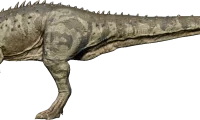
Majungasaurus
Majungatholus atopus, or popularly known as Majungasaurus was a meat-eating dinosaur, a therapod. It was up to 30 feet (9.1 m) long and was at the top of the food …
Copyright © 2024. All Rights Reserved.
Designed by
VineThemes


